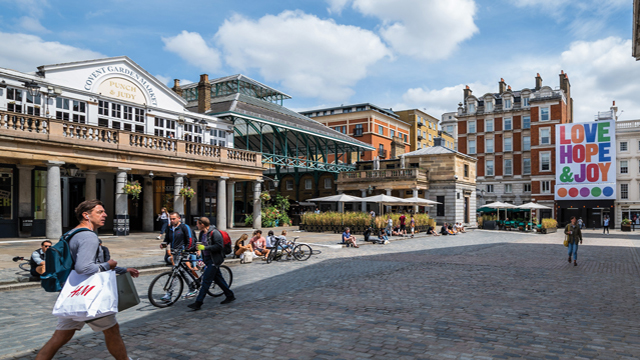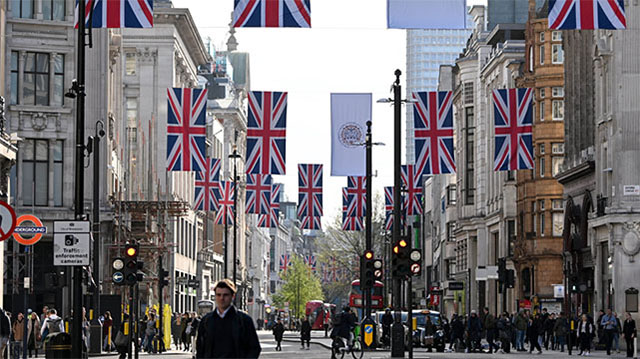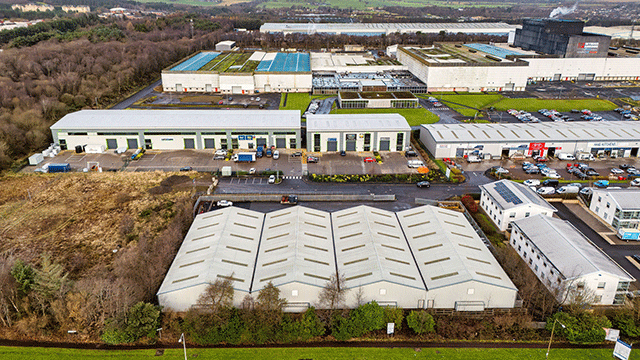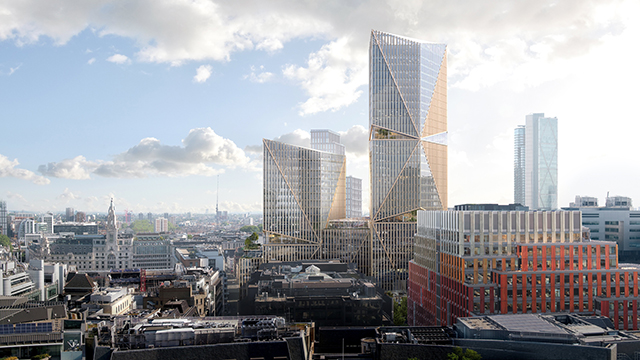COMMENT As developers and investors respond to the dual pressures of an ageing population and a strained health and care system, the demand for high-performing, future-ready communities has never been clearer. With health inequalities widening, loneliness on the rise and environmental pressures mounting, the traditional model of housing delivery must evolve. Placemaking is no longer a “nice to have”, it is a strategic imperative.
We must move from siloed thinking to a more holistic model of community creation. One that integrates age-friendly design, intergenerational cohesion, sustainability and embedded services. This approach isn’t just socially responsible, it’s commercially viable and essential for delivering long-term value across the lifecycle of assets.
The built environment has historically centred on the needs of the able-bodied, working-age adult. Yet the fastest-growing demographic in the UK is the over 65s. Communities that support healthy, independent ageing are already in demand, and that demand is accelerating.
Old and young
For new developments, embedding accessibility from the outset will drive both compliance and future proofing. Step-free access, intuitive layouts, non-slip surfaces and adaptable interiors are increasingly baseline expectations. These features aren’t just good design, they help reduce long-term care needs, allowing residents to stay in their homes longer. This in turn stabilises communities and reduces churn.
Equally important is the proximity of homes to essential services. Integrated masterplans that prioritise healthcare, transport, retail and leisure within walkable distances generate a higher quality of life and reduce reliance on overstretched services.
A well-considered public realm, with ample seating, consistent lighting and clear visual cues, supports independent navigation for all users, while parks, shared gardens and activity-based community spaces drive social interaction and reduce isolation.
A thriving community is one where generations live, work, and learn together. Yet shifts in technology, work-life patterns and urban lifestyles have created a disconnect between age groups. Closing this gap represents a significant opportunity for developers. By integrating spaces that foster intergenerational exchange – from community kitchens and shared workshops to festivals and mentoring schemes – developers can unlock social value and enhance the liveability of schemes. For investors, this translates into stronger resident satisfaction, lower turnover and improved reputational outcomes.
Mixed-use developments that support vocational and reskilling opportunities can serve a dual purpose, giving older adults a continued sense of purpose post-retirement and providing younger residents with access to training, mentorship, and local employment.
Innovative housing typologies are also essential. Multi-generational living arrangements offer scalable alternatives to land-intensive single-storey homes. These flexible formats promote mutual support among residents and increase density without compromising quality.
Resilient assets
Sustainability is now non-negotiable. But for true impact, it must be embedded into the very fabric of our communities, not treated as an add-on. This requires aligning green design principles with operational behaviours that actively reduce environmental impact. Designing buildings with energy-efficient systems, solar-ready rooftops and passive heating and cooling strategies supports ESG compliance and reduces running costs. Integrating real-time carbon tracking tools further drives awareness and behavioural change among occupants.
Beyond the built form, communities should be structured around low-carbon transport and walkability. Level-access pedestrian routes, mobility-friendly bike infrastructure and reliable public transport links reduce dependency on cars and open opportunities for place-led value appreciation.
Greywater systems, drought-tolerant landscaping and Rainwater harvesting will be essential as climate-related pressures increase. Community gardens and composting systems enable residents to actively participate in environmental stewardship – strengthening both place identity and ecological performance.
The commercial real estate industry is uniquely positioned to lead this transformation. Investors are already seeing the tangible ROI of placemaking strategies that prioritise inclusion, resilience and long-term wellbeing. These developments enjoy greater resident loyalty, lower vacancy rates and enhanced performance against ESG benchmarks.
Purpose-driven placemaking is not about adding complexity. It’s about creating long-term value through intelligent, integrated design. It’s about building communities that not only look good on day one, but continue to serve their populations decades into the future.
By rethinking how we design for people across every stage of life – and embedding flexibility, inclusivity and sustainability into our planning – we can deliver places that are not just liveable, but investable.
Paavan Popat is chief executive at TLC Care
Follow Estates Gazette











